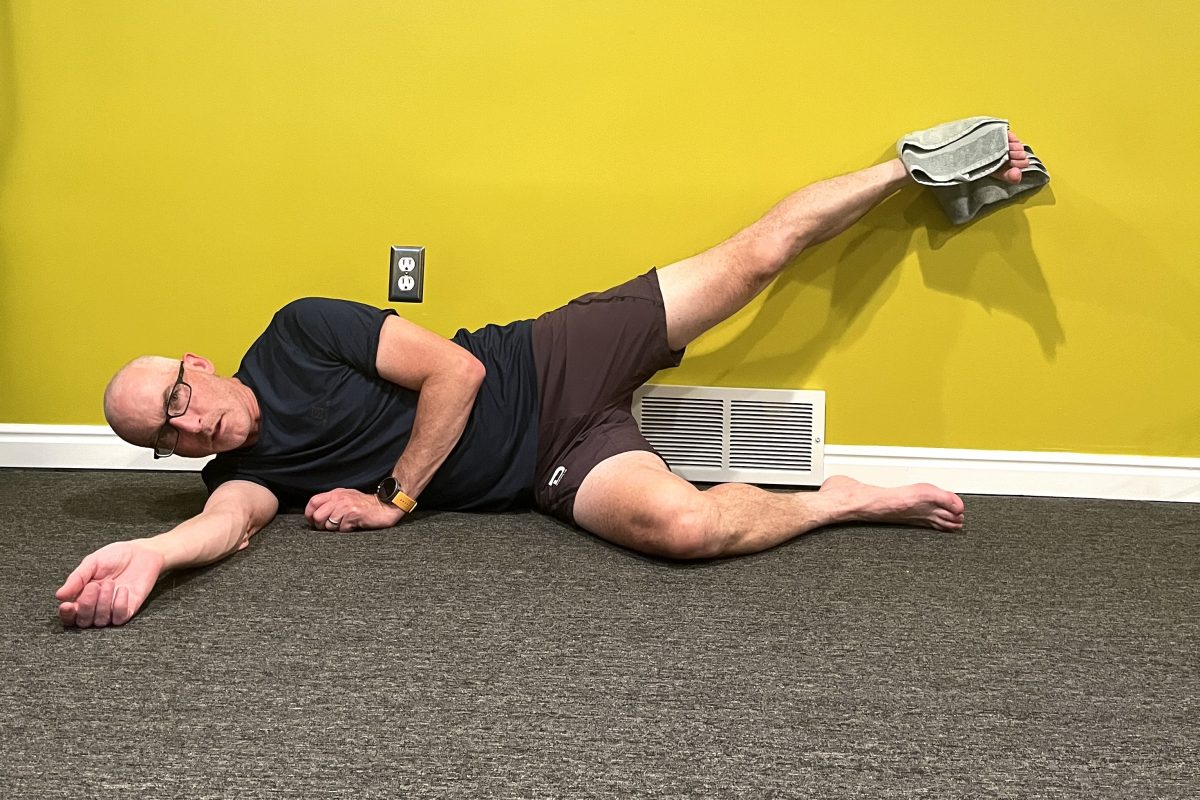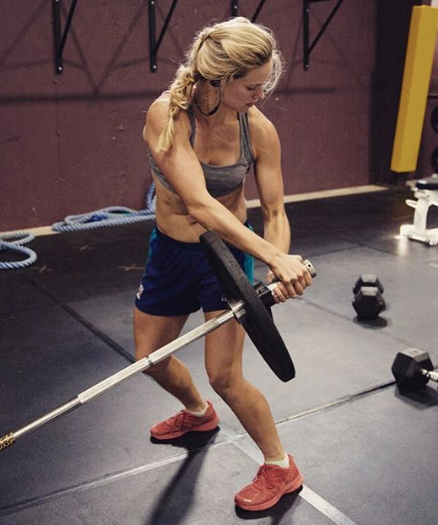Spring Training: Skiing
A mini-series of articles intended to get you going this spring.
I often see that skiers “spring breaks” are too long and contain
too little variation. Good domestic skiers, masters or juniors don’t have
the need for a long post-season mental and physical break like World Cup skiers
do. They have spent months on the road, in and out of hotel rooms, and raced
up to three weekly races from November to April- while most skiers haven’t.
A long unnecessary break can cause a dramatic and unwanted reduction in endurance
and strength, and lack of variation in the spring makes you prone to injuries
when you finally get going.
Spring and early summer is when you really should make an attempt to have fun,
use different trails, roads, exercises, drills and training methods. There is
no need to be training with high intensity yet. Getting ready for larger training
volume and a variety of training methods later is the key idea.
In other words get in shape or stay fit – depending on your baseline – by training
well, without pushing the limits but with variation. It’s the only time
of year that the unsystematic approach is accepted and recommended.

The ultimate goal is of course to – in a fun way – be “fitter than a rocking-horse”
when it’s time to get back to a more systematic approach in May – June
sometime. These short training pieces are therefore written as we do them
and as we see them. They are not meant to be a “how to” or a training
program, but short and hopefully inspirational – something you can
implement in your training any time. If they get you “off the coach”
we succeeded.
Skiing
Many states still have snow. Early morning crust skiing before the sun melts
the surface can be a blast. Wide open areas can suddenly be dozens of kilometer
with unbelievable skating possibilities.
Late spring snow falls can create great classic skiing in places where the snow
has melted and created an ice base.

Why skiing?
A high percent specific training is a most to optimize your potential as a skier.
The more specific you are – the better your chances are for progress. Spring
skiing makes it possible to work on technique or to get stronger in techniques
you know how to use but are too weak to utilize in races. Most people know how
to do V2 skating but are skiing V1 in most uphills, even the easy ones.
Use spring skiing to practice your V2 or ski without poles in uhills to improve
leg strength.
Also ski without poles on flats to improve balance and gliding skills. Ski faster
than ever in the downhills – work on cutting corners, avoid unnecessary
sliding, bend your knees and stay low and please stop doing the tuck/downhill
position and snow plow combination!
Our last ski workout
On April 9th Gordon Lange and I skied upMill Creek Canyon. It was incredible
to still find skiing just five miles from State Street in Salt Lake City – especially
since shorts and T-shirts now is common in down-town and the joggers and kids
are back in the parks. The daytime high temperature the day before was 70 F
– but it was 34 F in this cold narrow canyon when we arrived at9 AM –
The night-time low had been 28F. Six miles of solid uphill.
Icy and a bit uneven skating the first 3K – good for balance and strength. Very
uneven, lots of snow and tough skating toward the top. We had to lift our legs
and skis high to move and double pole without being able to use the legs other
places. A few sections were good. This created higher heart rates than we had
planned for (which is absolutely no problem) and soreness in a few muscles we
normally don’t get sore in – overall a great day.

Happy skiing!
Check www.torbjornsport.com
if you are looking for a personal coach to help you with workouts and training
planning. It’s a great way to finally get fit, create and reach goals,
ski faster and have more fun.
A great selection of rollerskis can be found on the same site.



